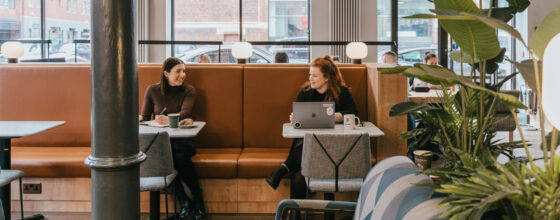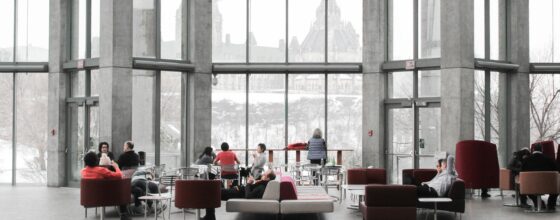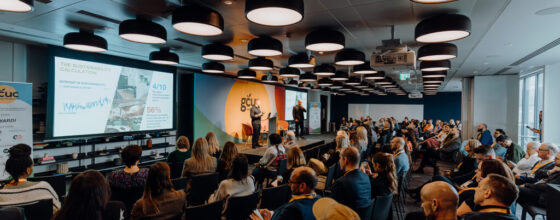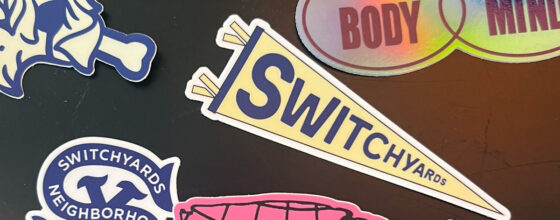Industry Perspective: CoCoTiv Coworking
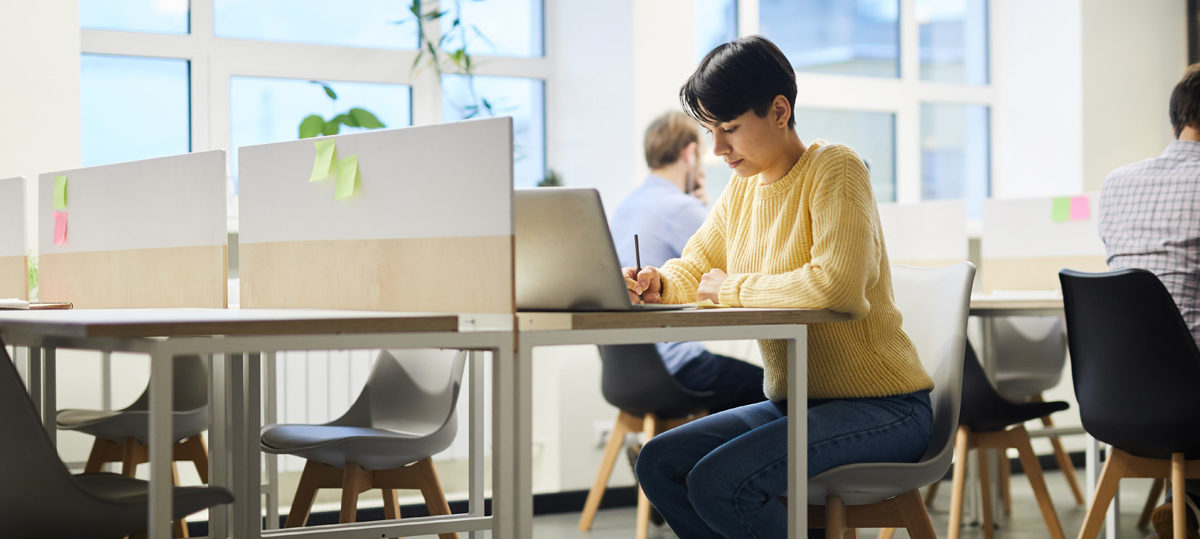
Guest post from our partners at Yardi:
In a year that has seen unprecedented change in real estate we have found it increasingly valuable to hear from our clients and share their insights with industry colleagues. Recently, Brian Sutherland, vice president of commercial sales at Yardi, had the opportunity to speak with John Vieregg, managing director of CoCoTiv Coworking and one of its members, Giovani Gonzalez, founder of The Social Rook. Read the full Q&A below to learn how the pandemic has impacted coworking from both operator and member perspectives, as well as why they feel there is optimism for the future of coworking and flexible workspaces.
Sutherland: John, can you give us just some background on the pandemic and how that impacted you?
Vieregg: I was actually trying to forget most of last year, but now that you brought it up, I think my business was no different than a lot of coworking locations. At first, we really didn’t know what we were in for and I think it was more a situation of survival. Coworking was founded during the first recession and that was a big question for not only operators, but industry professionals: how would it survive the next recession? I think we’re now seeing coworking coming out probably even stronger than it was before due to the fact that a lot of companies, whether they’re small entrepreneurs or now even large corporations, are looking for flexibility in their leases. And that’s what coworking has to offer.
Sutherland: Giovanni, you were a CoCoTiv member pre-pandemic and you remain a member today. What drove you to CoCoTiv for your company and what amenities or environment were you looking for?
Gonzalez: When I started the business, it was just me and I knew that I was going to scale once I left my nine to five. I knew when I would go into the business full time that it would grow, and I would grow out of my home office. In addition to that, as an agency, we wanted to have a physical address, which is an appealing part of coworking. We want to have that physical address to solidify that we are a business in a business setting.
Sutherland: How many folks are part of your company now? What’s your headcount?
Gonzalez: I have a team of six, but only one is working out of the space right now. Our office really just fits about four people. We have three desks in here now, but just two of us come into the office every day.
Sutherland: John, how do you view Yardi within your business? How is it helping you as a coworking operator?
Vieregg: You heard Giovani talk about all the amenities. One of the things that I felt we weren’t promoting was the Yardi software because it is head and shoulders above anything else out there and to my knowledge there might be only one other operator in the Charlotte market that has Yardi. It’s an amenity we want to promote especially as we look to expand into other markets. It’s a real plus for us.
Sutherland: John, have the members that are coming in changed? Are corporate occupiers that had traditional office space, are they now in conversations with you? Has the pandemic changed who’s actually coming into your location and who your members are?
Vieregg: Yeah, we have seen a change. We’re seeing more midsize and larger corporations that are exploring coworking, whether that’s from a remote standpoint or a flexible schedule or even possible satellite offices. I think it’s yet to be determined how the office market is going to adapt itself over time. What a lot of employers are trying to do is appeal to their employees. Being able to offer them workspaces closer to home, or a split between home and the headquarters or a coworking office, offers maximum flexibility for the employer. I think we’re still in an evolution period and it’ll be a couple years before we really figure out how this is all going to play out.
Sutherland: My sense is it would be more traditional office occupiers that are looking for more flexibility. They don’t want to commit to a long-term lease or the proximity of a coworking location or satellite office. Have you seen that too? Meaning, looking at more suburban areas versus urban areas to answer to that. Does that change your strategic direction from a location standpoint?
Vieregg: We wanted to concentrate on the suburban areas even prior to COVID. We really didn’t want to try to compete in the urban center cities with the WeWorks and Industriouses of the world. We felt like we could find our own niche. I can’t say that the economics might be all that much better in the suburbs, but from a from a locational standpoint, from traffic, parking and amenities, I think we have a lot more to offer in the locations that we’re looking at. That’s really important to our members that they can stay close to their office and not have to get in their car to drive for whatever they’re looking for.
Sutherland: In terms of what’s going to happen with office. Yardi has coworking customers, we have traditional office customers, retail customers. Retail is being repurposed in many areas to be coworking, flex type of office. My sense is the impact of the pandemic might in fact be delayed because there are long term leases in office. What’s your sense of what the next couple of years are going to look like as some of those leases turn? You mentioned you think it’s maybe a good thing long term for coworking, but would love to hear your thoughts on what you’re already seeing and what you anticipate seeing in the future?
Vieregg: I don’t think office space and the use of offices is going to go away. I think there’s always going to be a need for office space depending on what the company’s objectives are. But I think what’s really going to happen is happening in architecture, in the design and use of spaces. I think it’s going to be a benefit for employees, because I think more room is going to be given to the workspace. I think you’ve got to have flexibility and be able to evolve within the marketplace. And we’re in the early stages of that. I think it’s going to be a challenge, but I think it also leads to opportunities. And it could very well lead to reduced costs in real estate, which could help a lot of companies not only from a cost standpoint but expanding into new markets.
Sutherland: Have you considered reaching out to traditional landlords and starting conversations about forming joint venture-type partnerships or anything along those lines?
Vieregg: We are in negotiations as we speak and we’re probably going to move our concept more to a management agreement with owner/developers where we would partner with them, they would still get their base rent and we would get our operating expenses. Then there would be profit splits depending on how many tenant improvements had to be made to the building. I think Industrious is already moving forward with that model. It’s been very successful and you’re going to see a lot of other operators that have excess space where coworking or flex space could be a solution for them.
Sutherland: There was a rough six- to nine-month period going into the kind of tail end of 2019: what happened with WeWork, their IPO falling apart and their CEO being let go. What that did to the reputation of coworking and then you follow that with the pandemic. How are conversations with landlords going generally? Are they receptive to coworking? Are they worried about coworking as a whole? Or do you feel like there’s a sense of optimism now?
Vieregg: I think there’s a real positive trend. I think the fact that CBRE has invested up to 40% in Industrious is a sign. There are other large players in the market also looking to invest in existing operators instead of creating their own coworking operation. So that will be a trend that will continue also. I think, overall, the signs are positive back toward coworking.


